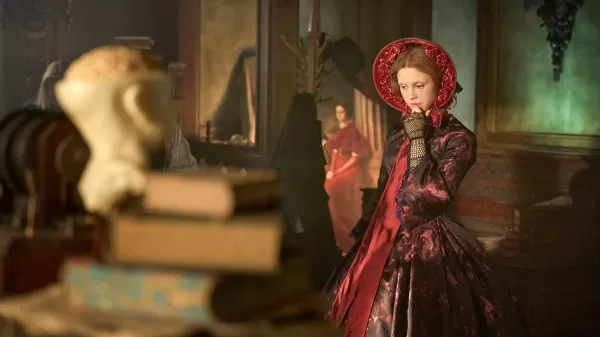The Monster's Heart: Guillermo del Toro's Deep Dive into Frankenstein's Soul
Share- Nishadil
- November 15, 2025
- 0 Comments
- 3 minutes read
- 17 Views

Ah, Guillermo del Toro. Just the name conjures images of fantastical creatures, shadowy worlds, and, crucially, a profound, almost tender empathy for the monstrous. And for what feels like an eternity, really, the cinematic maestro has harbored a dream, a whispered ambition to tackle Mary Shelley’s eternal classic: Frankenstein. Well, dear readers, that dream is finally, truly, taking shape for Netflix, and frankly, the details emerging sound utterly, gloriously, like peak del Toro.
You see, this isn't just another monster movie. Not for GDT. This is a story about a soul, about innocence corrupted, about the very nature of creation and abandonment. He's been quite vocal, actually, about his approach, particularly regarding the creature itself. Forget those sleek, often-too-perfect digital creations that can, let's be honest, sometimes feel a little… weightless. No, del Toro is committed to a deeply, viscerally practical approach. The monster, his monster, will be tangible, physically present, perhaps even a bit cumbersome, but undeniably there. It's a choice that speaks volumes, promising a sense of realness, a tactile horror and humanity that CGI often struggles to convey.
He talks about the creature starting, in essence, as a beautiful being, an innocent — a notion that beautifully echoes his past works, from Pan’s Labyrinth to his Oscar-winning The Shape of Water. It’s not just a brute; it’s a creature with a spark, a nascent consciousness that then, tragically, falls from grace, warped by rejection and circumstance. This, you could say, is del Toro’s narrative sweet spot: exploring the beauty in the grotesque, finding the humanity in the 'other.' He has a unique way of making us root for the monsters, doesn’t he? It’s truly captivating.
And here’s where the craft really shines. The visual manifestation of this profound internal journey falls partly to talents like Guy Davis, a frequent collaborator, and Bernat Vilaplana, whose hands are shaping the creature's very being. The costumes, GDT explains, are paramount. They're not mere adornments; they're an extension of the character, telling a story of their own. From the moment of creation to the creature's subsequent degradation, the changes in its appearance—its garments, its very skin—will be a visual shorthand for its emotional and psychological torment. This isn't just dressing up a monster; it's meticulously sculpting its pathos.
It’s all part of this larger vision: a tale of innocence lost, of profound tragedy, and yes, of monsters who are, in truth, more human than their creators. Del Toro has a gift for making us feel deeply for these misunderstood figures, to see their struggles as reflections of our own. And frankly, after waiting so long, anticipating his take on a story that defines the very essence of the monstrous and the human, it just feels right. We're not just getting a Frankenstein movie; we're getting a Guillermo del Toro Frankenstein, and that, for once, makes all the difference.
Disclaimer: This article was generated in part using artificial intelligence and may contain errors or omissions. The content is provided for informational purposes only and does not constitute professional advice. We makes no representations or warranties regarding its accuracy, completeness, or reliability. Readers are advised to verify the information independently before relying on







